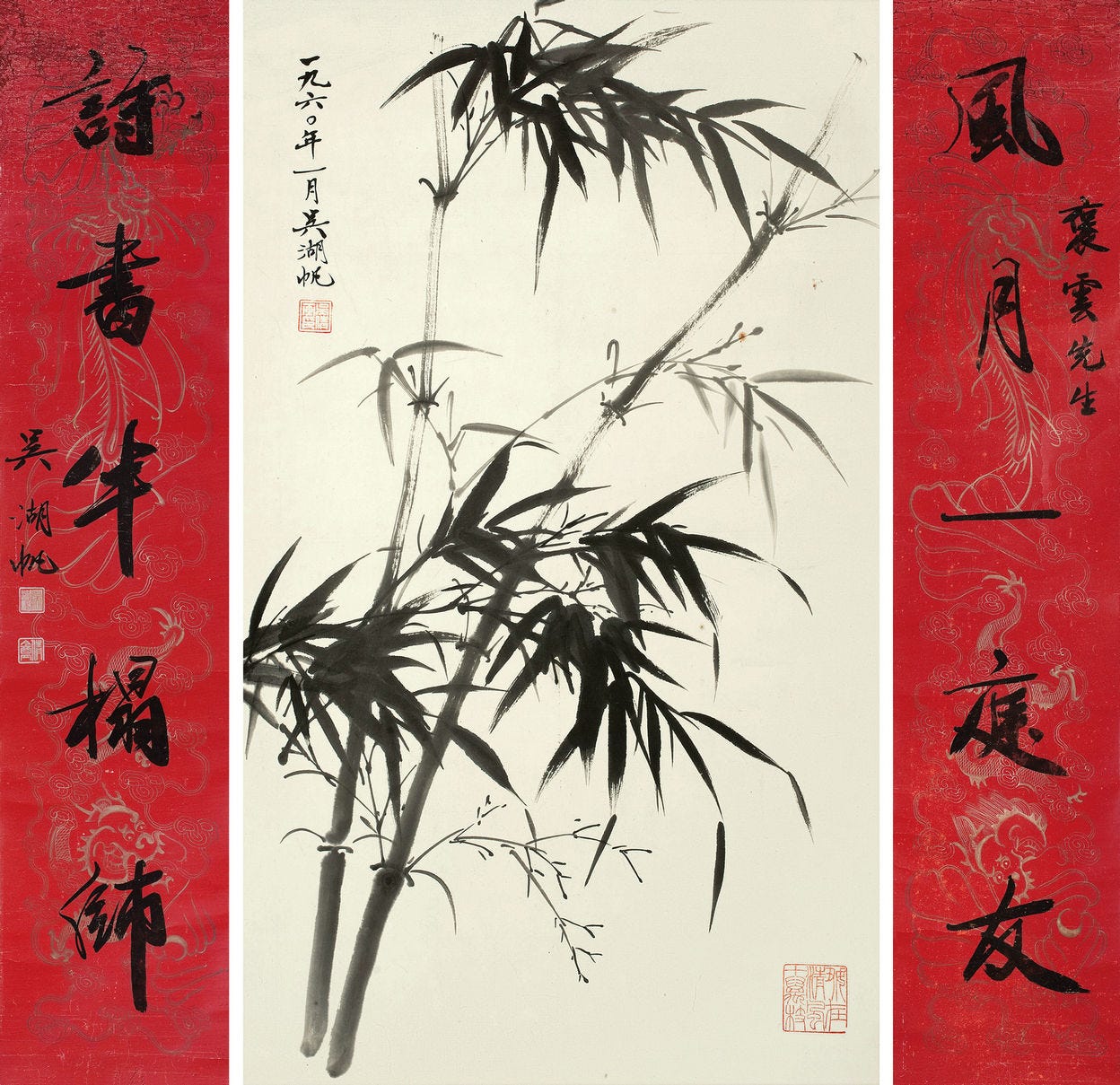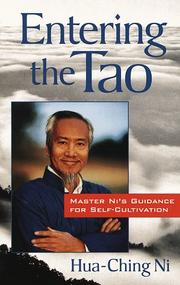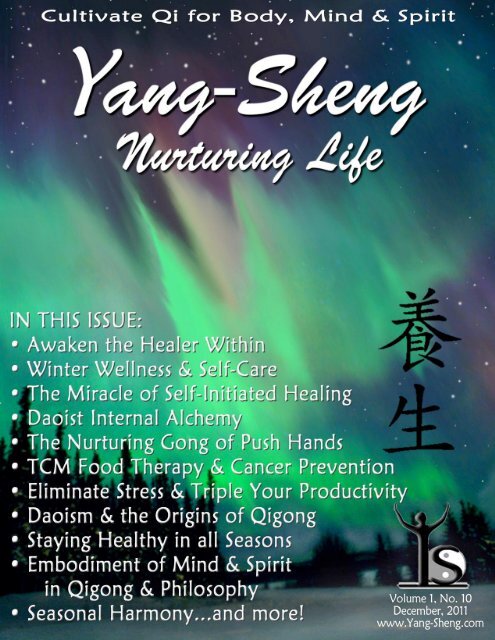
Harmony the art of life by hua ching ni manual#
Cultivating Stillness: A Taoist Manual for Transforming Body and Mind by Eva WongĢ0. Cultivating the Energy of Life: A Translation of the Hui-Ming Ching and Its Commentaries by Eva Wongġ9. The Secret of the Golden Flower Translated by Richard Wilhelmġ8. The Living I Ching: Using Ancient Chinese Wisdom to Shape Your Life by Deng Ming-Daoġ7. The I Ching Translated by Richard Wilhelm and Cary F. Awakening to the Tao by Lui I-Ming and translated by Thomas Clearyġ5. Daoist Encounters with Phenomenology: Thinking Interculturally about Human Existence by David Chaiġ4. Zhuangzi and the Becoming of Nothingness by David Chaiġ3. The Moral Fool: A Case for Amorality by Hans-Georg Moellerġ2. You and Your Profile: Identity After Authenticity by Hans-Georg Moeller and Paul J. Genuine Pretending: On the Philosophy of Zhuangzi by Hans-Georg Moeller and Paul J. The Philosophy of the Daodejing by Hans-Georg MoellerĨ.


Zhuangzi: The Complete Writings Translated by Brook Ziporynħ. The Complete Works of Zhuangzi Translated by Burton WatsonĦ. The Daodejing of Laozi Translated by Philip J. Daodejing: The New, Highly Readable Translation of the Life-Changing Ancient Scripture Formerly Known as the Tao Te Ching Translated by Hans-Georg MoellerĤ. Tao Te Ching: Annotated and Explained Translated by Derek Linģ. Tao Te Ching Translated by Gia-Fu Feng and Jane EnglishĢ. Click the book you are interested in to know more about it. This list will continue to grow as there are many books I haven’t added yet and obviously future books I read that I think are beneficial for one’s growth will make the list. All of these books have contributed to my work and they have had a positive influence on my own spiritual path.

See notes below for original text and bibliography.Below is a comprehensive list of books that I recommend for understanding Eastern philosophy and spirituality at a deeper level. Later on, Shodo ( 書道 ) takes on a slightly different meaning with ' The Path/Way (道)' used as a guide to direct the principles (理) of writing such is the essence of Chinese calligraphy." (Translated by KS Vincent Poon to English from original Chinese text in the Dictionary of Chinese Calligraphy (《中國書法大辭典》) p.

" Shodo ( 書道 ) was originally synonymous with Chinese calligraphy ( 書法 ), with 'The Path/Way (道)' guiding the techniques ( 技藝). The term Shodo ( 書道 ) originated a long time ago it was a term used extensively and broadly in the Tang Dynasty when discussing the art of Chinese calligraphy. This philosophy is certainly not restricted to Shodo (書道) but applies to everything else that we do." Qing Dynasty's Bao Shichen wrote, "the essence and ingenuity of Shodo (書道) is temperament while being capable of scribing well the exterior physical forms is only basic and comes second." Hence, all contend the substance of a person is the fundamental foundation in pursuing the art. To create an outstanding piece of calligraphy, one must inject one's mind and soul into the work and write with one's heart. Chinese calligraphy ( 書法) does not simply refer to the method or technique in writing individual words or characters but rather to the expressions of one's passions, personality, interests, moral character, physique, charisma, style, emotions and thoughts through calligraphy.as mentioned in one of the writings of a renowned Tang Dynasty Calligrapher Yu Shinan, "to grasp the essence of Shodo (書道), one must perceive and understand it in the mind but not by brute physical force." Ming Dynasty's Dong Qichang also wrote, "at the highest level (of calligraphy), one's spirit must not be absent. "Shodo ( 書道 ) - To take the art of calligraphy as a means to cultivate one's character via the practice of calligraphy, one is able to express and reflect on one's emotions, to elevate one's moral character, and to think and understand the meaning of life this is known as shodo (書道).


 0 kommentar(er)
0 kommentar(er)
